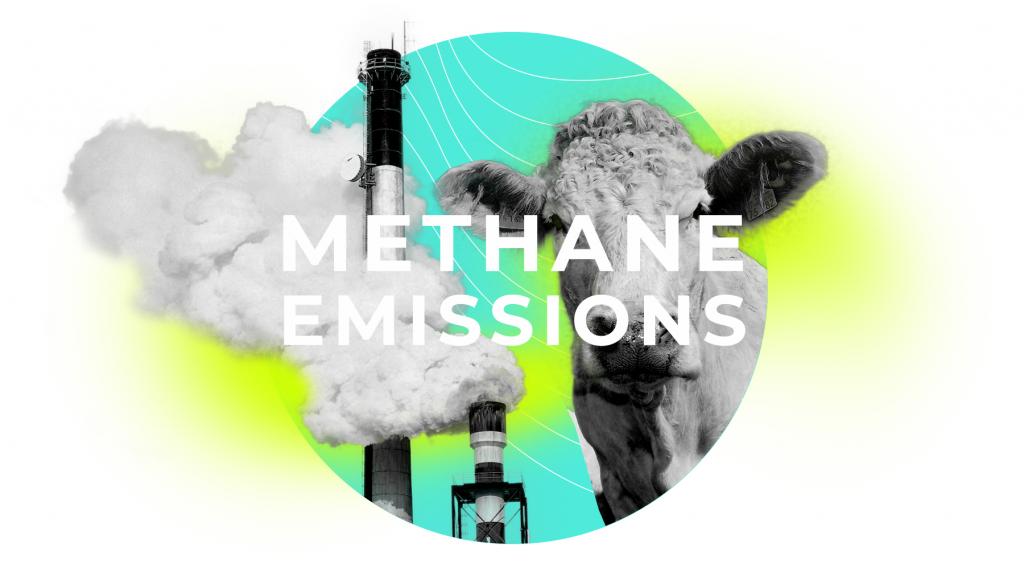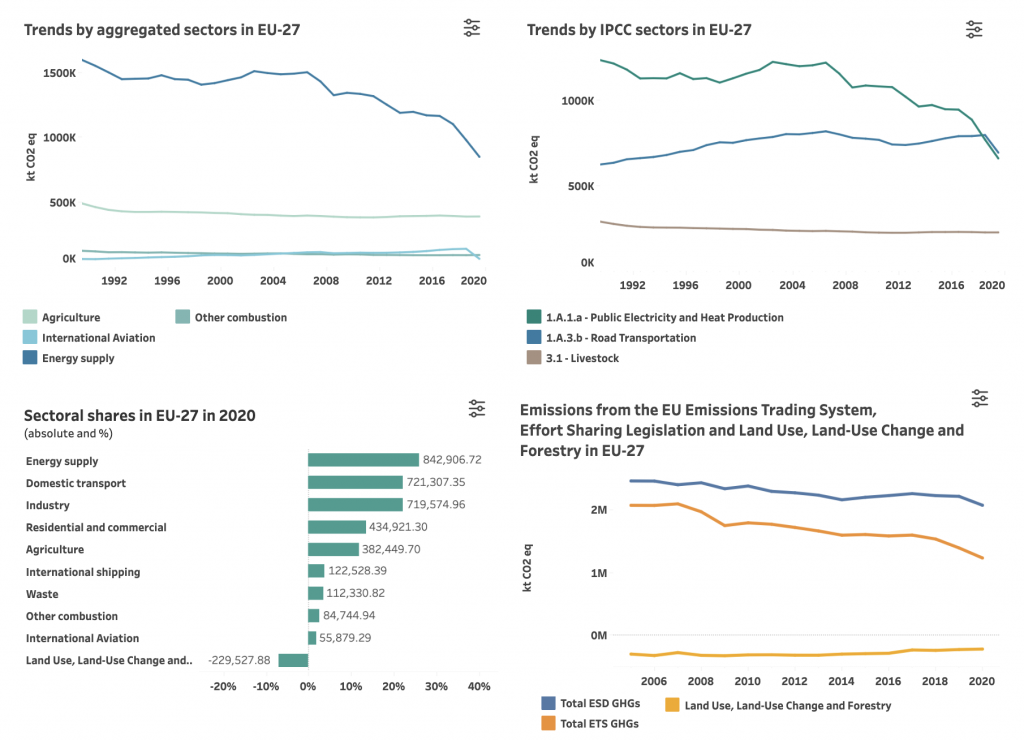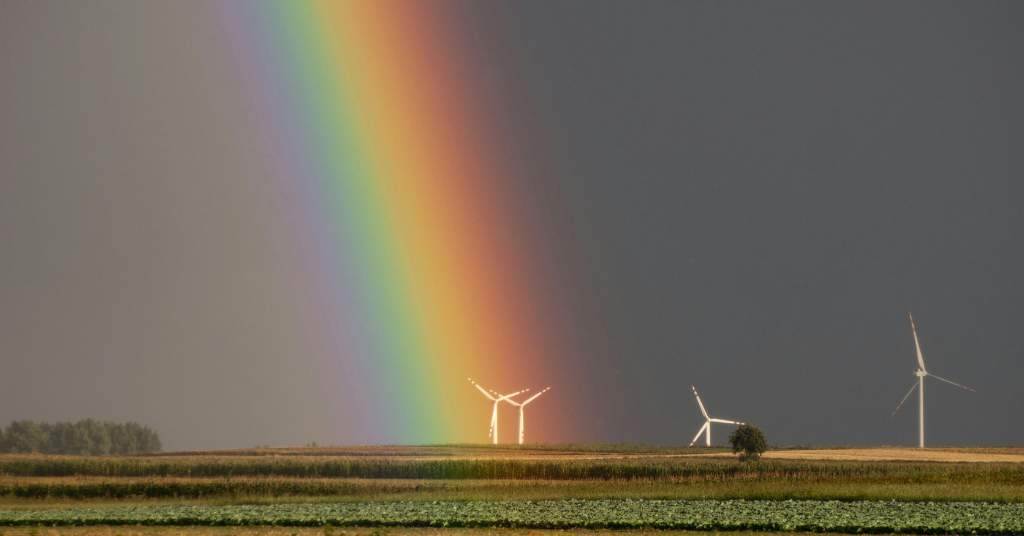What is Methane?
Methane (CH4) is a potent greenhouse gas, trapping heat 20 times more effectively than carbon dioxide and significantly contributing to climate change. It’s produced through both natural and human activities. Natural sources of methane include wetlands, oceans, and other sources. Human activities that produce methane include the burning of fossil fuels, waste management, and more than half of it: the raising of livestock. Methane is also produced as a by-product of specific industrial processes.
The EU's proposals
In December 2022, the Council of the EU reached an agreement on a proposal to track and reduce methane emissions in the energy sector and will now enter negotiations with the Parliament to find a deal on a final text, which is already labeled as the first of its kind and a crucial contribution to climate action. It is the first tangible result of the EU’s methane strategy published in 2020.
At the COP26 UN Climate Conference in 2021, the EU launched the Global Methane Pledge in partnership with the United States, whereby over 100 countries committed to reducing their methane emissions by 30% by 2030 compared to 2020 levels, and what seems less and less achievable now due to a “policy vacuum” on livestock emissions.
The European Commission, several EU countries, and green campaigners immediately criticized the ministry text, labeling it “watered down.”
Why the energy sector?
Regarding total greenhouse gas (GHG) emissions, energy supply is a significant factor, but if we consider CH4 only, the picture changes dramatically.
While humans are responsible for 60% of the total methane emission globally, in the European Union, methane emissions humans are formed from
- 53.2% agriculture,
- 26.9% waste,
- 12.8% energy
- while 6.8% from all other sources.
All GHG reduction is crucial and appreciated, but eventually, it means that the Council’s resolution deals with about 5% of total CH4 emissions if, and only if, the European Parliament agrees.
Agriculture
According to the Council, “The energy sector, which is responsible for 19% of EU methane emissions, has the highest potential for rapid, efficient, and cost-effective reductions.” While there’s a difference of 6.2% between the Council’s 19% and the European Environment Agency’s 12.8%, both figures are high and cannot be ignored. However, it must be acknowledged that agriculture is vital.
Keeping livestock sustainably is close to impossible. However, risks and threats can be mitigated. Regulation of the industry would be as important as education and R&D of meat alternatives.
Science may also be ready to come to rescue carnivores: researchers found cows belched out 82% less methane after putting a small amount of seaweed in their feed for five months, while others are proposing ways to capture methane from livestock manure and use it as a source of energy which is comparable in ‘cleanness’ to natural gas.
Sources and references:
European Council – Council of the European Union (Consilium): Fit for 55
European Environment Agency: EEA greenhouse gases – data viewer
Euractiv: EU countries back watered down methane regulation
The Guardian: EU on track to break pledge to cut methane emissions by 30%, warns report
The Guardian: Feeding cows seaweed could cut their methane emissions by 82%, scientists say





